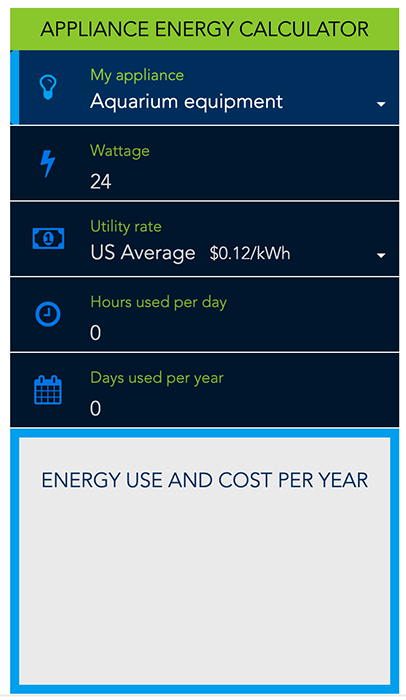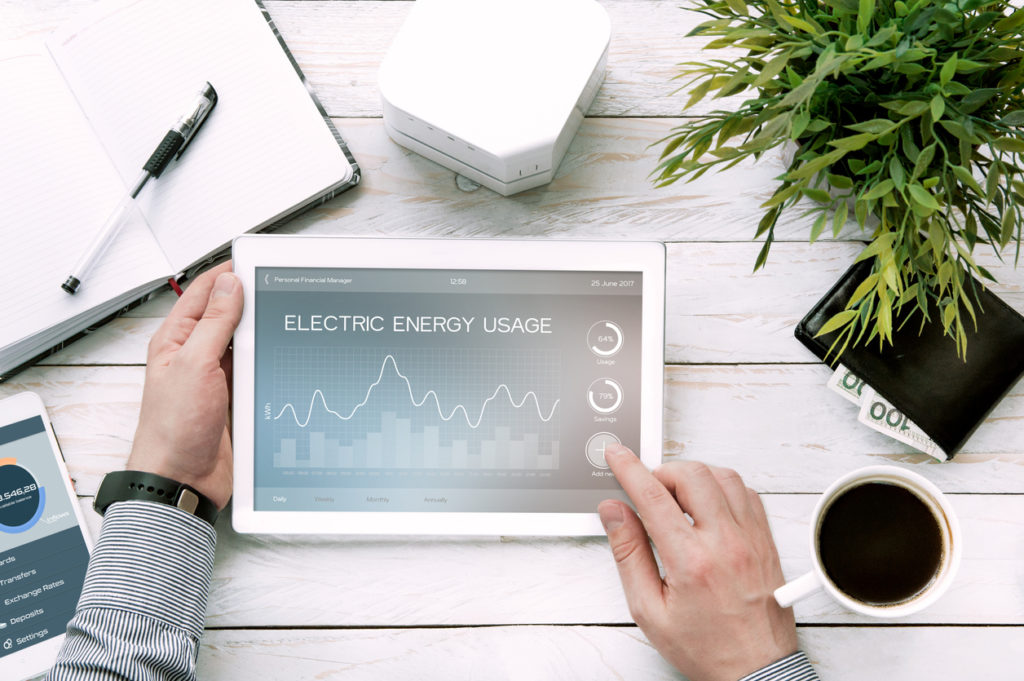It’s easy to get caught up in day-to-day living without giving much thought to energy usage in your home. But a little foresight, planning, and monitoring will go a long way in managing it all and keeping your energy costs down.
In this article, we’re looking specifically at home appliance and electronic usage. Whether you’re doing an overall DIY energy assessment of your home or you want to increase your Home Energy Score, read on. Here, we’ll show you how to arrive at an energy use estimate so you can better manage your spending and determine whether it’s time to invest in more energy-efficient appliances.
Check the Energy Guide Label on Your Appliances
All manufactures are required to place an EnergyGuide label on appliances to provide important information about energy consumption. The label compares the appliance with similar models and shows how much energy the appliance uses. The numbers provided are averages, so keep in mind that your costs might be different depending on your household use. Let’s take a closer look at the label and how to read it.

- In the upper right corner, you’ll find the name of the manufacturer, the product model number, and the appliance size.
- In the center of the label, you’ll find the “Estimated Yearly Operating Cost” (based on a national electricity average cost). The bar beneath the amount shows the range of operating costs for comparable models.
- Beneath the yearly operating cost estimate, you’ll find the estimate for yearly electricity consumption for the appliance.
- If the EnergyStar logo, a government-backed symbol, appears on the label, this indicates that the model adheres to strict energy-efficiency criteria.

Energy Usage Monitor
Most hardware stores carry electricity usage monitors. You’ll find a wide range of prices, but you can get one for a little as $25. These types of monitors work best on smaller devices that run on 120 volts, not on larger appliances, like air conditioners and clothes dryers, that run on 220 volts.
Be sure to read the manual for the monitor you buy, but the basic operation for most of these is to plug it into an outlet, then into the device to get the number of watts and kilowatts used. Some monitors will even give you information about “phantom loads” of electricity, which occurs when an electrical appliance is plugged in but not in use. Think: TVs, computers, printers, and refrigerators, for example.
Calculate Annual Energy Consumption
Energy.gov has a handy Appliance Energy Calculator you can use to determine energy consumption in your home.

To get the most benefit from the calculator, follow these steps.
Estimate the number of hours the appliance runs each day
You can do a rough estimate or keep a log.
Find the product’s wattage
This is usually stamped directly on the appliance. Estimate the wattage by finding the appliance’s amperes (the electrical current draw) and multiplying by voltage (120 or 240).
Find the wattage online
You can find this information in a few different ways:
- Consult the Home Energy Saver table
- Look on the EnergyStar.gov website for information about appliances that bear the EnergyStar logo.
- Calculate daily energy consumption: (Wattage × Hours Used Per Day) ÷ 1000 = Daily Kilowatt-hour (kWh) consumption
- Calculate annual energy consumption: Daily kWh consumption × number of days used per year = annual energy consumption
- Calculate annual cost to run the appliance: Annual energy consumption × utility rate per kWh = annual cost to run appliance
(Note: The above formulas for calculating consumption and cost are from Energy.gov.)
Install a Whole House Monitoring System
You can install a whole house monitoring system to track your energy consumption and cost. These products vary in price, ranging from $150-$300, depending on how many circuits you want to monitor, features on the monitoring system, and how much detail the system provides. Some may also come with the cost of having a professional take care of the installation.
Some are installed directly into your main breaker panel and have a dedicated display while others are connected to your wireless network so you can view data on your phone or computer.
While whole house monitoring systems require a higher financial investment than other approaches to monitoring energy consumption and costs, once installed, they provide valuable, long-term information that can help you strategize how to use your home appliances more effectively and cut down on your energy bill.

